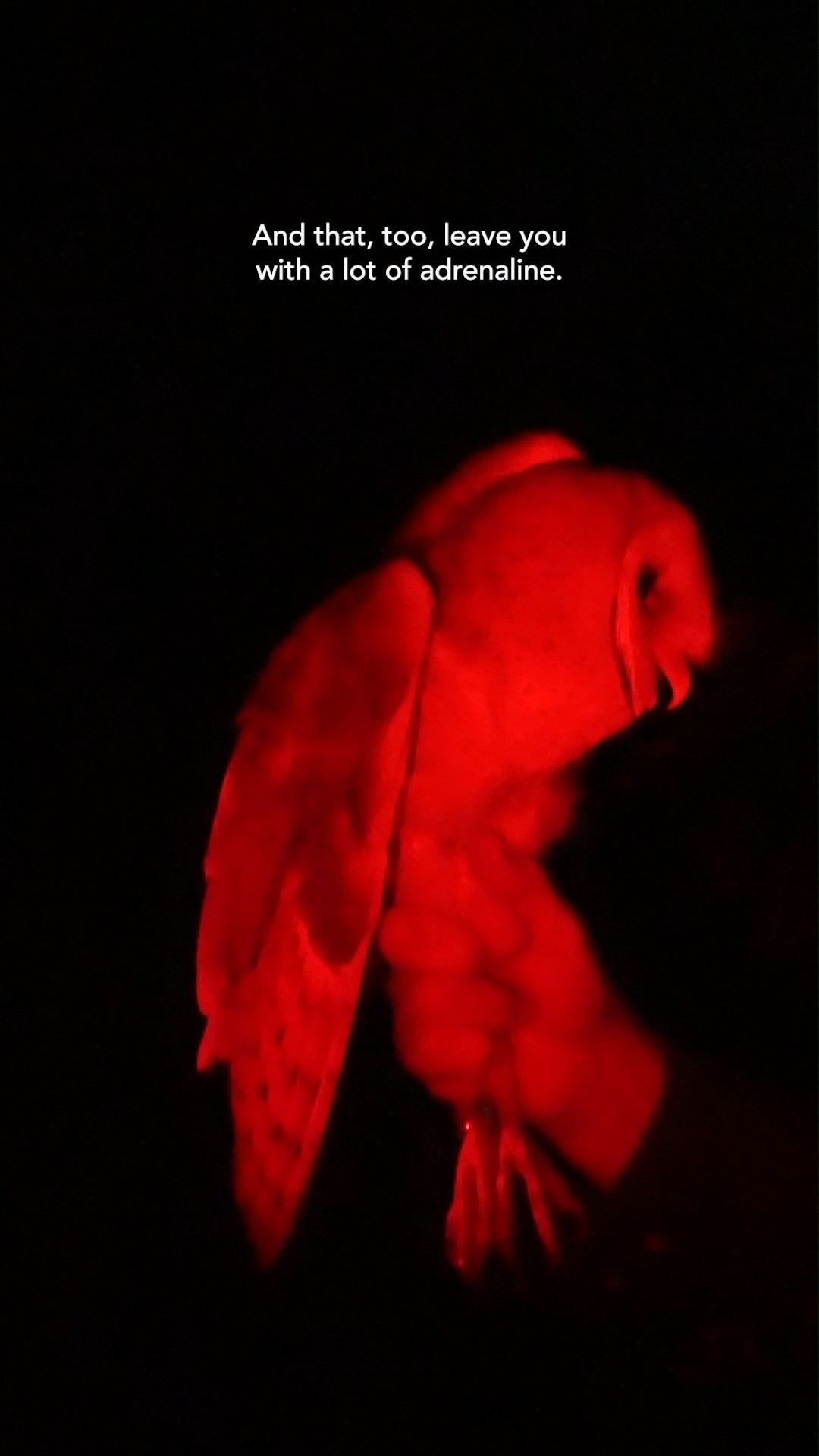- The night capture methodology employed by research biologists Jack and Thomas Henry for banding adult barn owls involves strategic techniques to outsmart these nocturnal birds.
- Understanding the behavior and habitat preferences of barn owls is crucial for conservation efforts and effective wildlife management.
- Innovative fieldwork and technology are vital for monitoring barn owl populations and ensuring ecological balance.
- The role of barn owls in ecosystems as apex predators and their importance in controlling rodent populations.
- Challenges faced by researchers in barn owl conservation and strategies to address these issues for sustaining avian biodiversity.
The process of capturing and banding adult barn owls in the dead of night is as exhilarating as it is scientifically significant. Jack and Thomas Henry, accomplished barn owl research biologists, have honed an approach that requires both wit and respect for these majestic creatures. These biologists are committed to understanding barn owls not just as individual birds but as integral components of a larger ecological tapestry. Their sophisticated methodology underscores this commitment.
To capture an adult barn owl for banding, Jack and Thomas employ non-intrusive yet cunning strategies. The process begins with scouting potential roosting sites, where these creatures are likely to nest or perch. It is essential to comprehend their natural behaviors—where they prefer to hunt, their mating calls, and habitual nesting times. Understanding these factors assists in predicting their movements, a crucial step for engaging in effective capture.
Once a location is identified, these researchers set up mist nets, a type of net designed to be nearly invisible in low light conditions. This setup is typically accompanied by audio lures that mimic the calls of barn owls, drawing the birds into the nets without undue stress. Timing is pivotal; the operation must occur when barn owls are most active, usually in the early evening or pre-dawn hours when they are hunting.
This capture technique is not purely for the thrill of handling a majestic bird. It is a scientific endeavor aimed at collecting fundamental data. Each captured owl is banded—affixed with a small, uniquely coded ring on its leg. This allows for the potential tracking of migration patterns, lifespan, and territory usage over time. Such data is invaluable to ornithologists and conservationists alike, providing insights into the health and stability of barn owl populations.
Understanding the habitat preferences of barn owls transcends mere academic curiosity. These birds play a pivotal role in controlling rodent populations. As apex predators, their presence in an ecosystem signifies a balanced food web. By studying their behavior and ensuring their habitats are protected, researchers like Jack and Thomas contribute to broader conservation goals. Barn owls prefer open fields and meadows for hunting and seek out barns or hollow trees for nesting. Preserving these environments is thus critical.
Advanced tools and technology are employed to monitor these elusive creatures. Biologists use radio telemetry and GPS tracking to follow the movements of tagged owls. This technology not only tracks their migration but also helps identify critical habitats that may require protection. Moreover, it provides a wealth of data about how barn owls interact with their environment and adapt to changes, such as urban sprawl or habitat destruction.
The intricacies of barn owl behavior are fundamental to their role in the ecosystem. Their exceptional hearing and silent flight make them adept hunters, reducing agricultural pests. As barns and rural buildings give way to modern infrastructure, maintaining viable habitats for barn owls becomes a conservation priority. The encroachment of urban areas presents a dual challenge: protecting traditional nesting sites while mitigating new risks, such as roadways and glass buildings that can pose fatal collisions.
Moreover, conservation strategies must account for the human dimension. Educating local communities about the benefits of barn owls fosters coexistence and encourages habitat preservation. Jack and Thomas focus on outreach, communicating their findings to stakeholders at multiple levels, from government agencies to local farmers.
However, the path to effective barn owl conservation is fraught with challenges. Land use changes, climate variability, and agricultural practices can all impact barn owl populations, leading to declines in their numbers. Addressing these problems requires adaptive management and the constant reassessment of conservation strategies. By integrating scientific research with community engagement, solutions can be crafted that benefit both the barn owls and human interests.
Ultimately, the work of Jack and Thomas exemplifies the need for a balanced approach to wildlife management. Their efforts to capture, band, and study barn owls are part of a broader commitment to ecological stewardship. By enhancing our understanding of these birds, they underscore the interconnectedness of all species within an ecosystem. The data collected contributes to biodiversity protection strategies and underscores the necessity of habitat conservation amid ongoing environmental changes.
Barn owl research is not merely an academic pursuit; it is an essential undertaking for those dedicated to preserving nature’s balance. Through strategic research and innovative practices, Jack and Thomas continue to forge new paths in the field of avian conservation, ensuring that the haunting call of the barn owl continues to resonate across the fields and forests they call home.
*****
Source Description
“Come on up, we’re getting screamed at.”
For barn owl research biologists Jack and Thomas Henry, one of the most fun parts of barn owl research is the night captures that they facilitate. To band adult barn owls for research, they have to outwit the owls!
Discover Jack and Thomas’s night capture process and what they’ve learned to do to strategically fool an adult barn owl. 🦉

